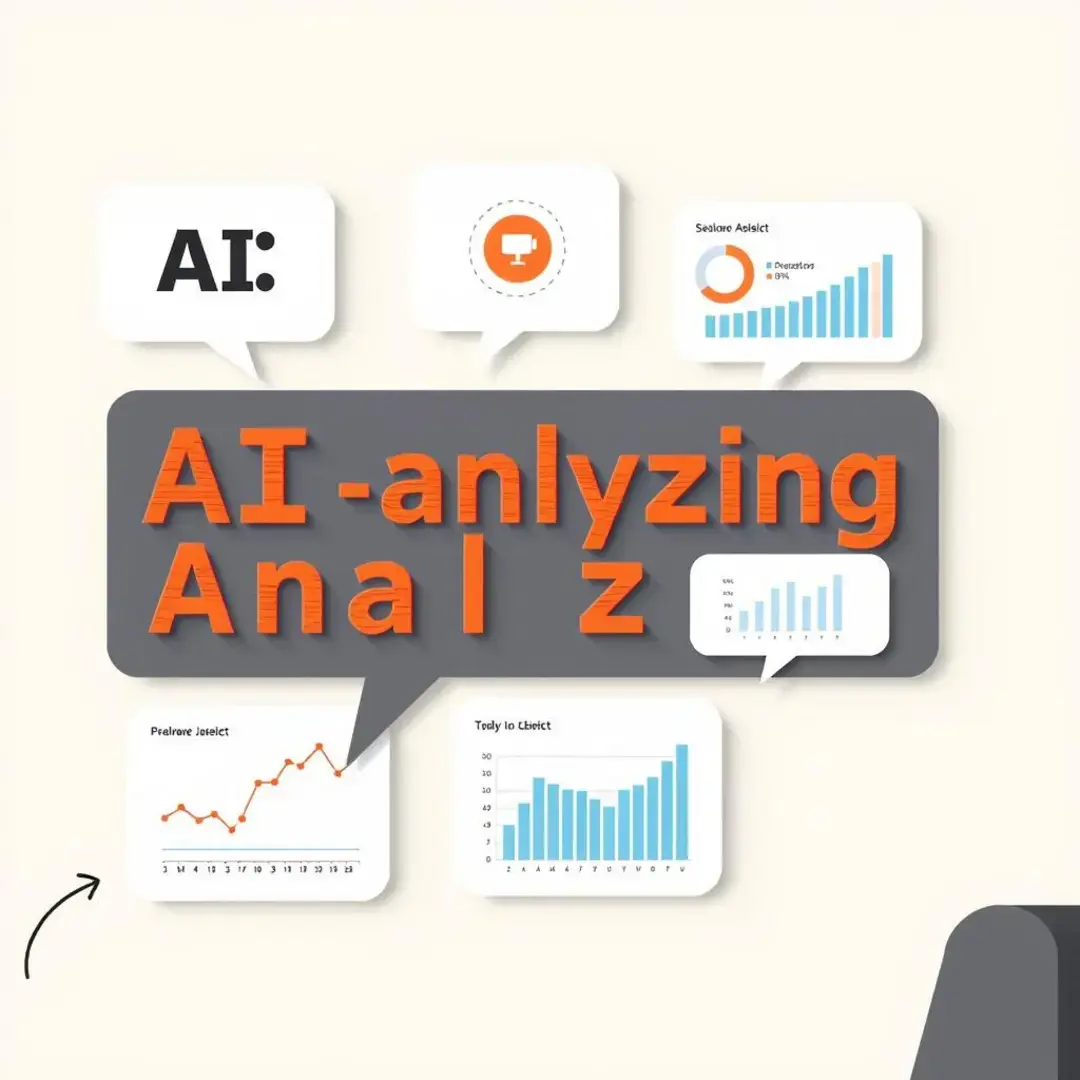Language Understanding
Introduction

Overview of Language Understanding in Natural Language Processing (NLP)
Language understanding is a critical component of Natural Language Processing (NLP), which focuses on a machine’s ability to interpret human language effectively. It encompasses various tasks such as sentiment analysis, entity recognition, and dialogue management. This area enables applications to interact in a more human-like manner, enhancing user experiences across numerous platforms.
In the spectrum of NLP, language understanding bridges the gap between mere language generation and actual comprehension. By interpreting meaning and context, systems can produce responses that are not only accurate but also contextually appropriate. This helps enhance applications ranging from virtual assistants to chatbots, making them more intuitive and effective.
Modern advancements have introduced complex ideas such as semantic parsing and contextual embeddings, which allow machines to grasp the subtleties of human language. These concepts enable a deeper understanding of linguistic phenomena, including idioms, metaphors, and even the tone or sentiment behind messages. The ongoing research and development in this field are pivotal for creating truly intelligent systems.
Key Trends in Language Understanding

Emerging Trends
Transformer networks have revolutionized the way we process language by allowing for parallelization and scalability in training models. This architecture has led to improved performance across several NLP tasks, facilitating more accurate translations, summarizations, and question-answering systems. As research continues, we see increased adoption within industry-leading applications.
Few-shot and zero-shot learning methodologies are gaining traction in the field of language understanding. These approaches enable models to make predictions based on limited data or to generalize knowledge across tasks without prior examples. This trend is critical for developing models that can easily adapt to dynamic environments while minimizing the need for extensive labeled datasets.
As AI systems become more integrated into everyday tasks, the necessity for explainable AI is paramount. Users are increasingly demanding transparency in how decisions are made and predictions are generated. Explainable AI helps demystify the process behind language understanding, fostering trust and acceptance among users.
Industry Impact
The integration of language understanding into customer service applications has transformed the industry, providing efficient and responsive support channels. Chatbots and virtual agents can now handle inquiries, troubleshoot issues, and even escalate matters when necessary. As a result, businesses are witnessing reduced operational costs and improved customer satisfaction rates.
In healthcare, language understanding is invaluable for analyzing patient records and facilitating communication between providers. Systems equipped with NLP capabilities can assist in diagnosing conditions by evaluating clinical notes and extracting essential information. This leads to more accurate assessments and treatment plans, ultimately enhancing patient care.
Research and development sectors are also leveraging language understanding technologies to sift through vast amounts of literature, facilitating the discovery of new insights and trends. The ability to summarize and analyze research papers quickly enables scientists to stay up-to-date with the latest findings and fosters collaboration across disciplines. This collective intelligence accelerates innovation and problem-solving.
Challenges and Limitations
One of the prominent challenges facing language understanding today is the bias inherent in AI models. These biases can arise from the datasets used to train them, often reflecting societal inequalities and prejudices. Addressing these biases is crucial to ensure that applications are fair and equitable in their interactions with users.
Human language is complex and filled with nuances, making it a challenge for AI systems to interpret accurately. It involves understanding context, cultural significance, and emotional undertones, which can vary widely across different situations and individuals. Ongoing advancements in NLP aim to enhance model capabilities to handle such intricacies.
The availability of high-quality data is essential for training robust language understanding models. Unfortunately, data scarcity hampers progress in many languages and dialects, leading to underrepresentation. This limitation highlights the need for more inclusive datasets that can train models to work effectively across diverse languages.
Future Outlook

Future Developments
Future developments in language modeling hold the promise of more sophisticated and capable systems. Breakthroughs could lead to models that can understand emotions and complex ideas in texts, taking human-computer interaction to new levels. These advancements could radically transform how we engage with technology in various sectors.
As quantum computing technology evolves, its potential applications in NLP are becoming a focal point of research. The unmatched processing power of quantum computers could accelerate the training of language models, making them faster and more efficient. This could potentially unlock new frontiers in language understanding and artificial intelligence capabilities.
Future language understanding systems will increasingly integrate with other AI domains, such as computer vision and speech recognition. This multi-modality enables richer user experiences, allowing machines to provide contextually relevant information regardless of input forms. Such integration will enhance usability and open new avenues for application development.
Market Predictions
The language understanding market is poised for significant growth as more businesses recognize the importance of incorporating NLP technologies. With increased investment and interest from both startups and established companies, the landscape is evolving rapidly. Market analysts predict a robust growth trajectory over the next decade, driven by advancements in AI technologies.
Investment in language understanding technologies will likely focus on innovative applications and solving existing challenges. Opportunities exist for portfolio diversification within artificial intelligence, particularly in sectors that can leverage enhanced language capabilities. Investors willing to explore this space may find lucrative prospects as demand continues to rise.
As the language understanding landscape grows, numerous players are entering the field, fostering healthy competition. This “new wave” of startups brings fresh ideas and solutions that challenge legacy systems, leading to better alternatives for consumers. Such competition not only optimizes solutions but also drives innovation, ensuring that market needs are met creatively and efficiently.
Potential Impact on Users
With advancements in language understanding, users can expect increasingly personalized experiences tailored to their unique needs. Applications in education leveraging NLP can adapt to learning styles, providing custom recommendations and resources based on each individual’s progress. This personalized approach can enhance learning outcomes significantly.
Language understanding technologies are set to revolutionize human-computer interaction, making conversations more natural and intuitive. Users will benefit from seamless dialogues with machines that understand context and intent, leading to more productive engagements. This enhanced interaction will shape how we use various technologies across different domains.
As language understanding systems become more pervasive, ethical considerations must be prioritized. It is vital to address issues surrounding privacy, data usage, and algorithmic accountability to foster a trustworthy environment. These considerations will play a significant role in shaping societal perceptions of AI, affecting its adoption and evolution.
How to Choose the Right App
Step-by-Step Guide
Begin the selection process by clearly defining your organization’s goals regarding language understanding. Identify the key challenges you aim to address and the outcomes you wish to achieve. By establishing a well-defined set of objectives, you pave the way for more targeted app selection.
Once your objectives are clear, research and evaluate available applications in the market. Consider their features, user reviews, and case studies detailing their impact on similar organizations. This thorough evaluation helps to ensure that you are equipped to make the best choice for your specific needs.
After selecting the best fit for your requirements, focus on the implementation process. Engage stakeholders early on, conduct training sessions for users, and ensure that there is adequate technical support available for a smooth transition. A well-executed implementation strategy is key to maximizing the benefits of the new application.
Conclusion

Language understanding is a rapidly evolving field within Natural Language Processing, with far-reaching implications for businesses and users alike. As technology continues to advance, we can expect more powerful applications that enhance human-computer interaction and foster a more intuitive user experience. By staying informed about trends, challenges, and solutions, organizations can leverage language understanding to unlock new opportunities and drive innovation in an increasingly digital world.
Factors to Consider
Choosing the right application for language understanding begins with identifying the specific NLP tasks required. Different applications excel at different tasks, so understanding your needs—whether it’s sentiment analysis, entity recognition, or chat interactions—is crucial. This clarity will facilitate informed decision-making and optimize outcomes.
Another key factor is ensuring that the chosen application is compatible with existing data sources and workflows. Integration capabilities can streamline operations, preventing data silos and redundancy. A seamless integration process will also enhance productivity by allowing teams to leverage the full potential of the application without disruption.
Evaluating performance metrics is essential when selecting a language understanding application. Metrics such as accuracy, precision, and recall provide insights into how well the application meets your needs. A detailed assessment of these performance indicators ensures that you invest in a solution that delivers on its promises effectively.





